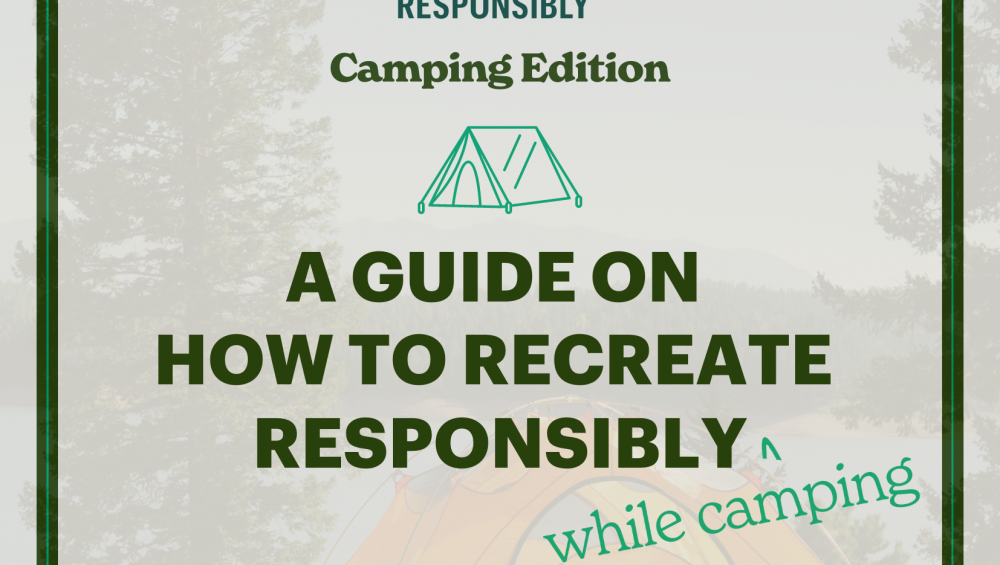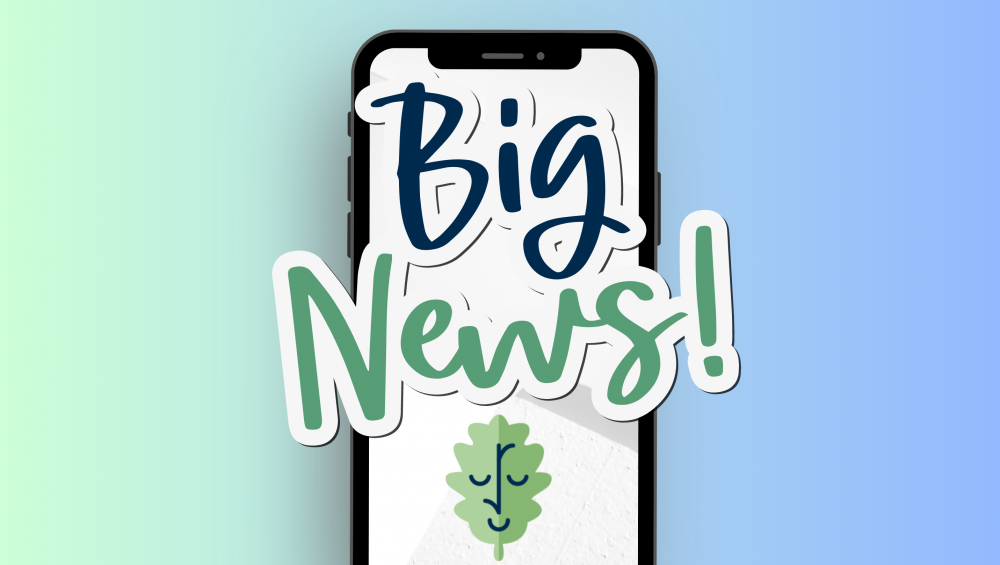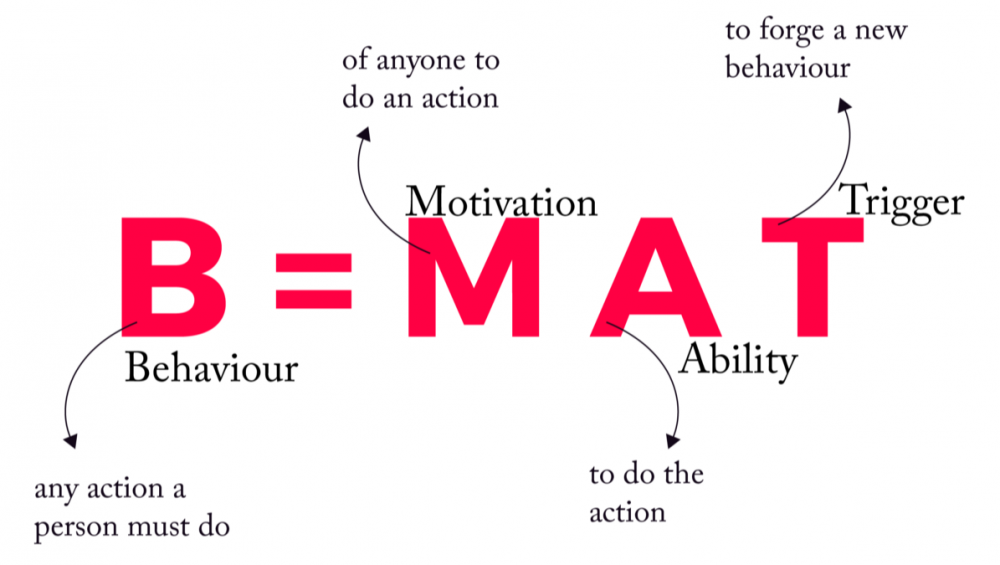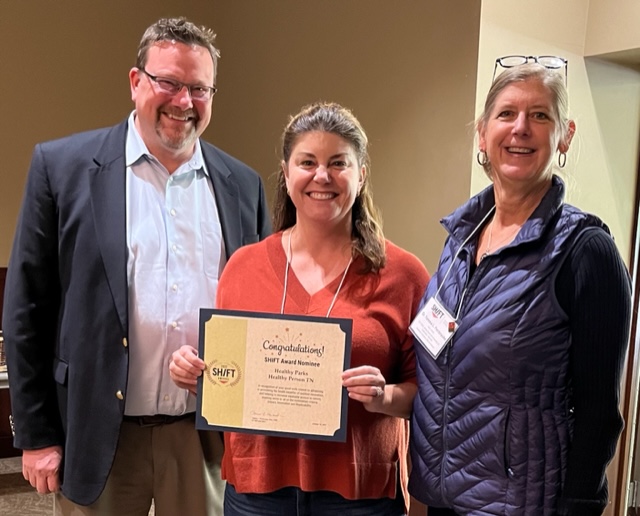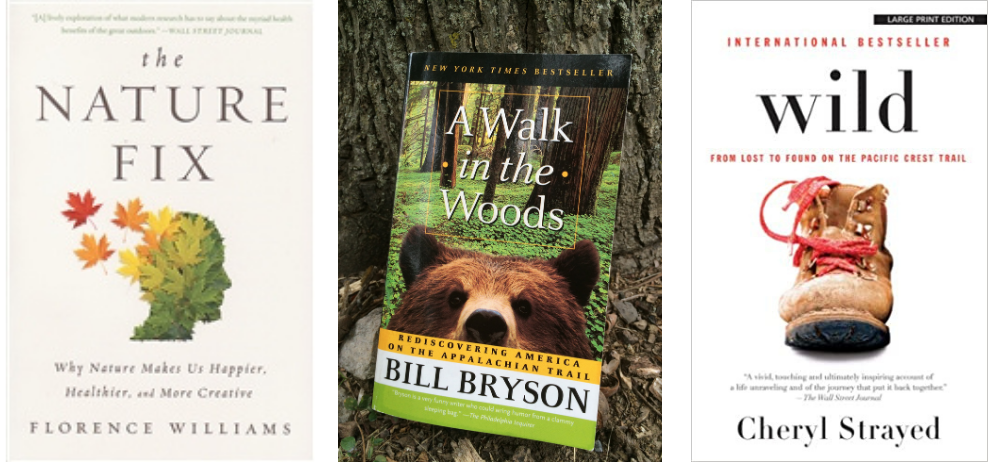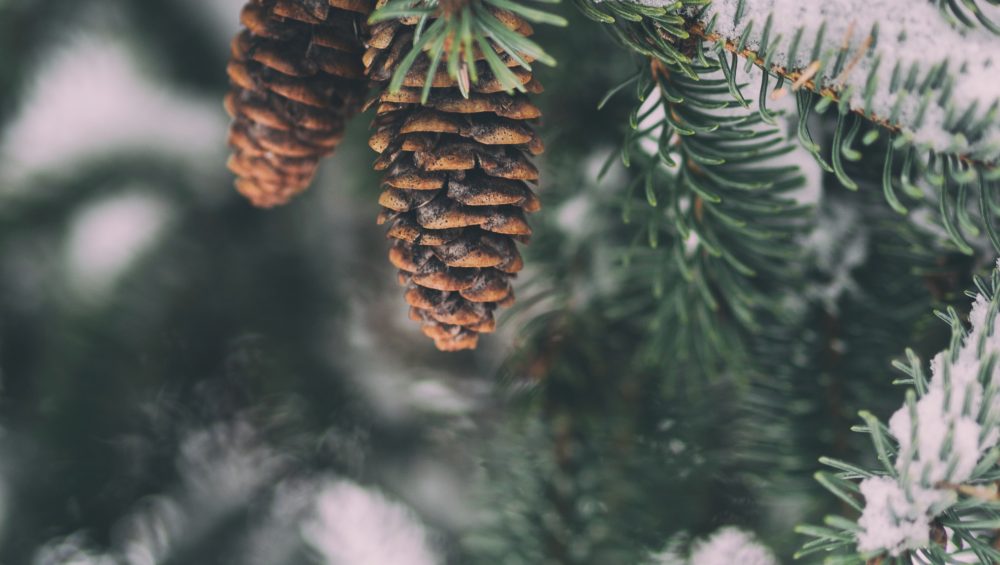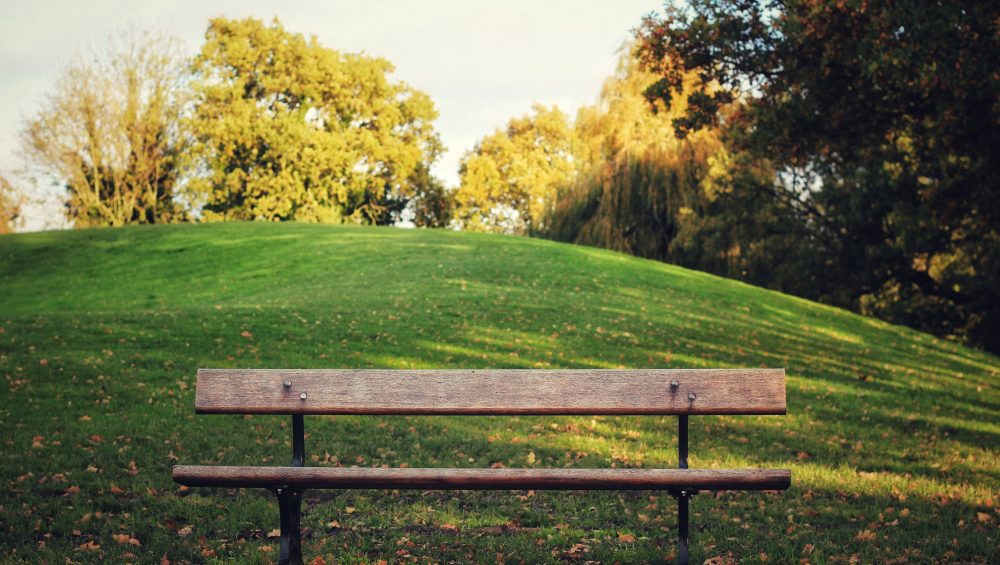Happy Holidays to the wonderful HPHP community!
This month marks my three-year anniversary with HPHP and I simply cannot believe how time has flown. Here at the end of an incredible and eventful year for HPHP, I thought I would tell you a little more about myself and give a fun recap of the past three years.
About Me
Funnily enough, my background is in architecture. I practiced as an architect for many years before leaving to work in community development and wellness. I like to joke that, as an architect, I used to spend my days designing buildings and now I spend my days encouraging people to leave the buildings and get outside! I first became involved with HPHP in December 2019, just before the world shut down. Before that, I worked for another Tennessee non-profit wellness organization, through which I already knew about the incredibly cool HPHP program. I used the HPHP app myself! The first Reward I earned was the athletic t-shirt.
My husband and I have three children and live in my hometown in middle Tennessee. Before we had kids, we used to joke and say to each other “What if our future children don’t like the outdoors and to do the things we like to do?” As it turns out, we were blessed with two reluctant outdoorsy children. 😊 We like to laugh about our oldest daughter’s famous quote: “The thing I don’t like about hiking is all that walking.” After lots of trial and error (and trail tantrums), we finally found that mountain biking is an activity that we all love. We have had fun growing our skills and visiting trails all over the southeast lately.
When I began working for HPHP there were around 3,000 app users. Today we have over 11,000! Here are some more fun HPHP stats from the last 3 years:
- 339,115 activities logged on the app from December 2019 – December 2022
- 3,250 rewards earned in that same timeframe!
- The top 3 activities logged are: Go for a Walk, Go for a Run, Go for a Hike
- The month with the most activities logged was October 2020 with 14,590 activities logged!
This October I had the opportunity to attend the SH/FT Summit in Fort Collins, Colorado. It has been incredibly eye-opening to finally get to attend state and national events, and to learn from others doing incredible work in the “Nature-as-Medicine” community. It was a bonus that we learned that HPHP was the SH/FT award winner while I was there!
The SH/FT Summit was focused on the crossroads of Health and the Outdoors and was the perfect place for us to promote Healthy Parks Healthy Person and learn from others doing similar work across the country. Here are some highlights:
- Healthy equity = nature access!
- Much of what we focus on is how to make the healthier choice the easier choice.
- There is evidence for a “Nature Pyramid” much like the Food Pyramid.
- Some cities and other placed-based entities are creating Trails Health Calculator Tools to measure the impact of trails on population health.
- The movement of utilizing the outdoors as a conduit to health is turning into a groundswell and is spreading like wildfire across the country and globe!
What’s Next?
You have probably read the recent news that, as of July 1, HPHP has transitioned outside of Tennessee State Parks and is now a 501c3 non-profit! This is exciting and a little bit scary too. It is exciting because it means the program is working and needs more freedom to continue to grow and serve our state! It is a little bit scary as we leave the comfortable nest of support that Tennessee State Parks and the Tennessee Department of Environment and Conservation provided us. As I look back, I am ever so grateful that Ryan and Tennessee State Parks took a chance on this program, and on me. Looking forward, I know big things are coming and I am so grateful to have you all on the ride with me!
Happy Holidays, and we will see you in 2023!
Much love,
Stacey

